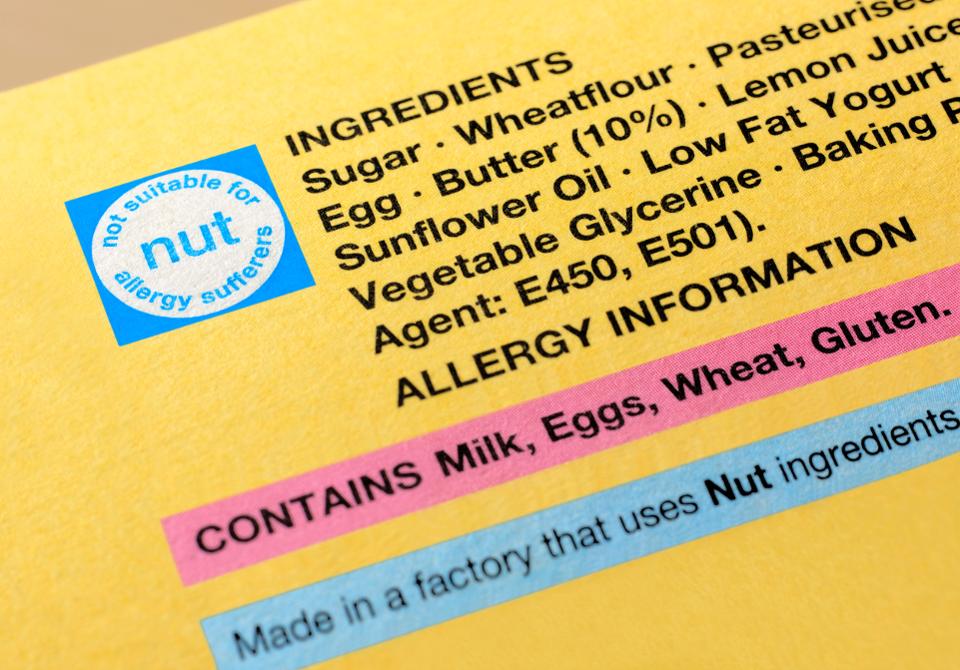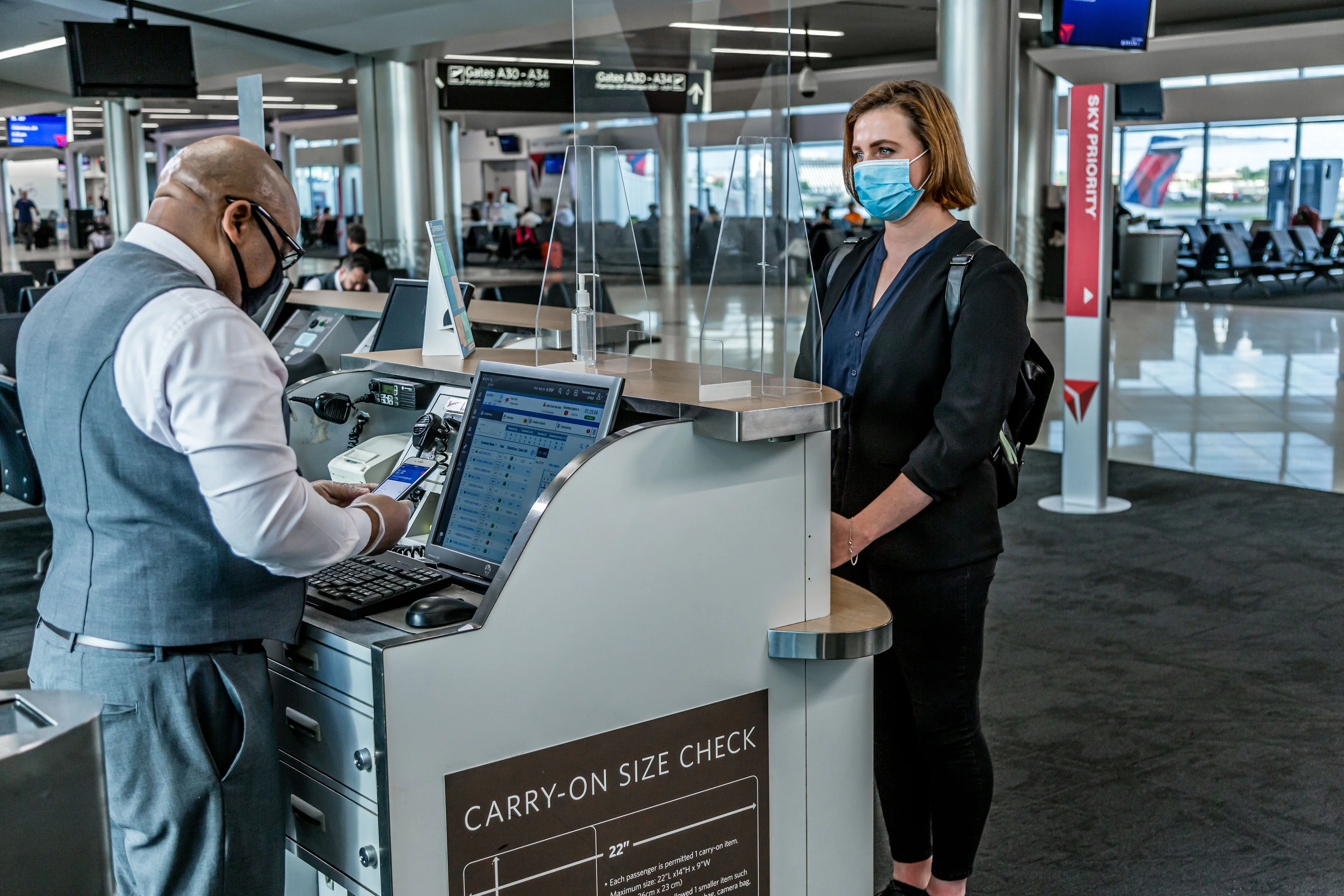Common allergens. 
Getty
A new study from Food Allergy Research & Education (FARE) reveals that 85 million Americans avoid buying food with the top nine allergens in it because either they have allergies or members of their households have them. This consumer group spends $19 billion per year on specialty food products without allergens, and FARE believes universal labels would make shopping easier.
According to FARE, the top nine food allergens in the United States are milk, wheat, sesame, tree nuts, soy, fish, shellfish and peanuts. One out of four Americans or 85 million people avoid purchasing foods with these allergens. However, only an estimated 32 million Americans are at risk of having life-threatening allergic reactions.
“New research shows that while 32 million Americans are currently living with potentially life-threatening food allergies, the halo effect extends to nearly triple that number with more than 85 million Americans – or one-in-four Americans – are impacted by the disease,” FARE shared.
In order for a family member to avoid exposure to an allergen, many American households stop buying any food with that specific allergen even if only one person may have a life-threatening reaction. Not only does this make the home safer for the person with allergies, but it also shows solidarity and makes it easier to plan meals. In many cases, the entire family may follow an allergen-free diet, which heavily influences all purchasing decisions.

Allergy information on a food label.
Getty
Consumers spend $19 billion per year on allergen-free food products, and 71% spend three to five minutes reading labels on each item they buy.
“More than half (53%) of America’s Food Allergy Consumers indicate current labels are problematic and 71% say they spend time reading the labels of every single food item they purchase. Improving Precautionary Allergen Labels (PALs) will significantly improve the lives of these families,” FARE shared.
There is growing awareness that food allergies are on the rise across the globe. This may be due to environmental factors, pollution, genetics, common Western diets and gut microbe changes. Better and more frequent testing for allergens may also play a role. As allergies continue to be an issue, companies will need to make better consumer-friendly labels that list all potential allergens.



